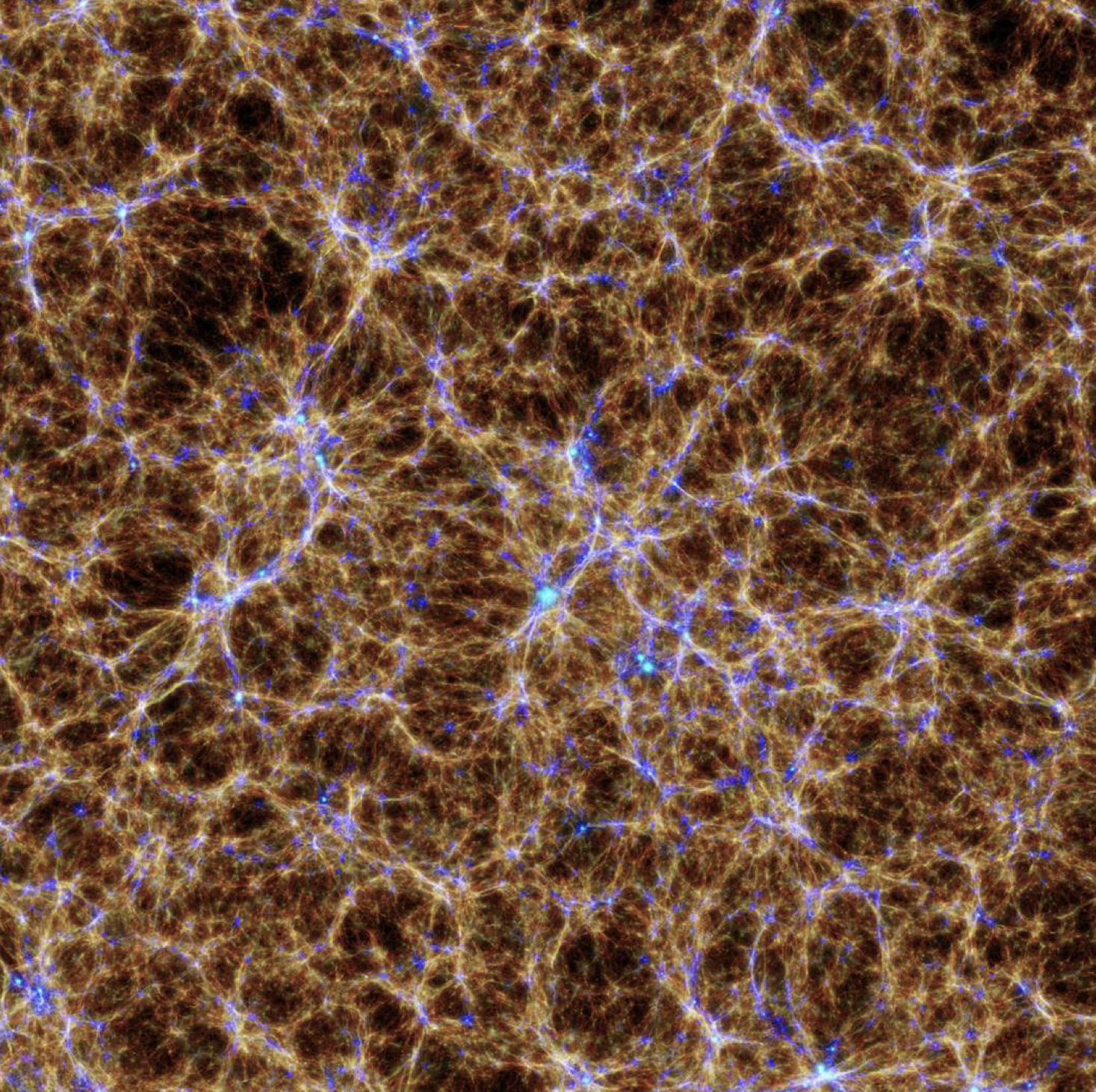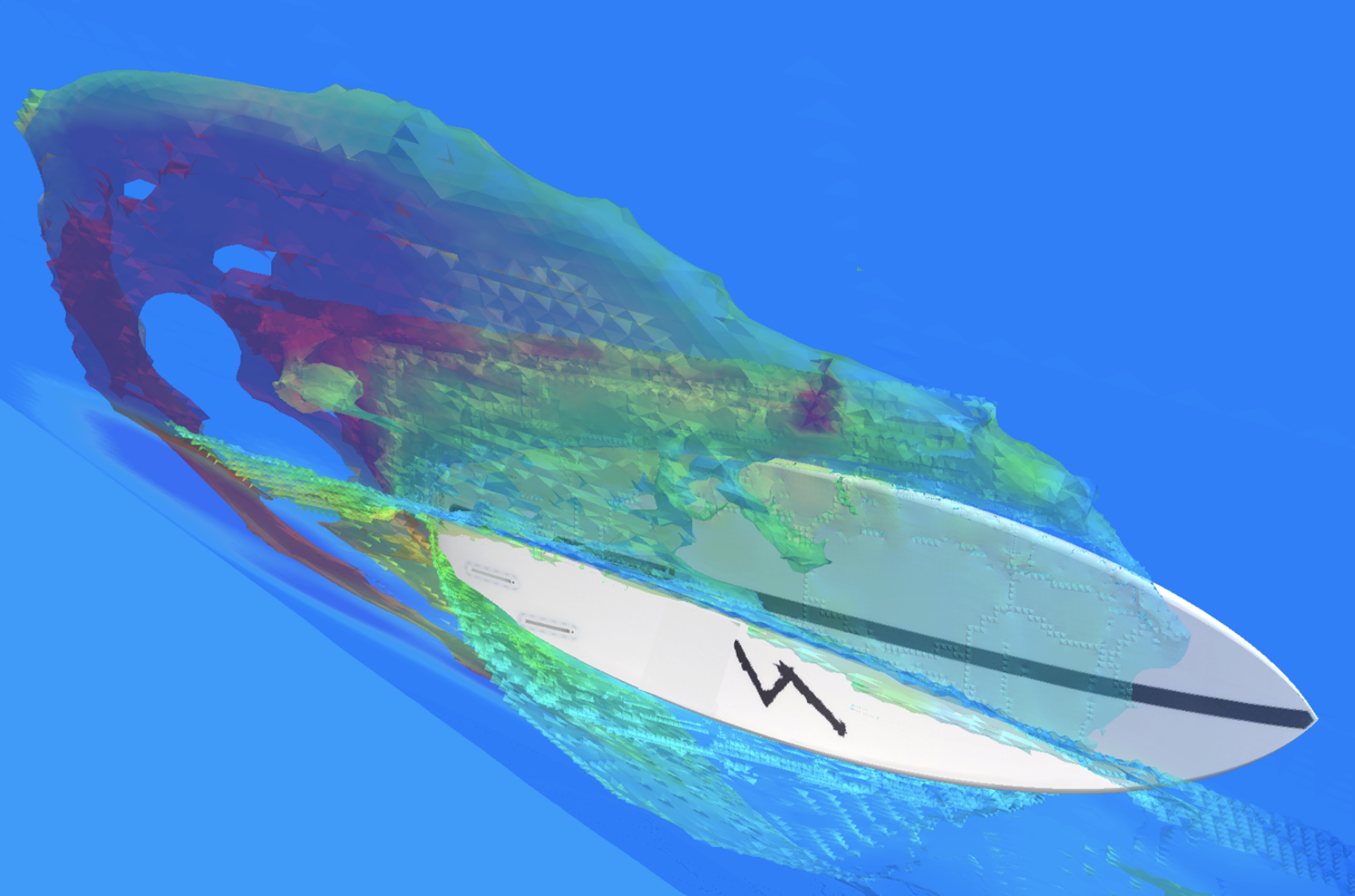
Protoclusters: young and wild
Protoclusters of galaxies are the progenitors of the most massive virialized objects in the universe, galaxy clusters. Even though they are very important in cosmology and astrophysics, (protoclusters are featured in discussions of cosmological models, structure formation scenarios and properties of dark matter), they are difficult to detect and thus their evolution and internal processes are very unknown.
Currently I am researching these objects for what I expect will end up being my master thesis. I try to get an insight into this structures with the use of hydrodynamical zoom-in cosmological simulations, belonging to the Compass Set. I look into the evolution of the total masses of the clusters, their stellar masses, star formation rates and other properties of the galaxies they are conformed by. By running the simualtions at different resolutions and comparing the results to observations, I expect to find out possible processes in the protoclusters that explain the structures we observe today.
Astrophysical Surfing
Can surfing be somehow related to astrophysics? Surprisingly, yes!
The world of surfing has been historically very conservative about introducing new technologies into the sport. Nevertheless, lately this is drastically changing. Wavegarden is a revolutionary company, focused on the development of artificial waves and surfing facilities. Their objective is to make surfing available for everybody, including the people that live in cities far away from the coast. As this technology is very new, it needs to keep being developed and improved each day. To do this, it is indespensable the use of something that simulators in Astrophysics know very well: Smooth Particle Hydrodynamical codes!
During my stay in Wavegarden I was in charge of a project related to the development of a new technology for wave production. I used various SPH codes to model the behaviour of the waves and CAD sofwares for the modeling of the bathymetry of the wavepool.


The Butterfly Effect and the Hydrodynamics of Surfboards
Who would have though that the 30 meters waves that are surfed in the 'big-waves competition' in Nazaré, Portugal, where in the beginning just centimeter fluctuations in the groundswell. The formation of waves in the sea is a matter of high complexity, governed by non-linear equations and uncontrolable processes, for which we need to use approximations and numerical methods.
In this project I studied the different phenomena that we think shape the waves we see at the shore: the interaction of waves with the wind, the coherent or incoherent interplay they may have with each other, and the interaction of the final swell with the bathymetry of the coast that confers waves their final shape. Additionally, I also studied how can we accomodate surfboard design (their shape and the materials used) to match different types of waves taking into consideration the preferences of the surfer.
Nanotechnology as the Future of Flexible Devices
In the last few decades a great interest in scientific research has raised on organic semiconductors (OSCs) and organic electronics, because of the promising characteristics that organic materials show with respect of the inorganic counterparts. For example, these materials can be easily processed on low-cost substrates such as plastic or glass, which not only constitutes an economical advantage, but also opens a wide variety of new possibilities in the world of electronics. Furthermore, the tuneability of the functionalities and properties of organic materials makes them extremely promising.
In this project, that ended up being my final degree thesis, I used In Device Molecular Spectroscopy, a new spectroscopy method used to characterize directly energy barriers between organic semiconductors and metal contacts. These barriers are very important, because they affect greatly the performance of the organic devices that are being built nowadays, like for example light emitting diodes (OLED) or organic photovoltaic cells (OPV). My objective was to characterize and help optimizing the energy barrier and to detect some molecular orbitals of a bulk heterojunction of two polymers, P3HT and PCBM. I decided to study a heterojunction of these two organic semiconductors because they are recently being used to build OPVs. The project ended satisfactory, as I was able to characterize the energy barrier and measure the first two molecular orbitals of the heterojunction.
If you want to download the project click here.


Graphene and Organic Polymers: a good match for superconducting devices?
The integration of graphene-organic heterostructures into vertical high performance transitors has become a very popular reseacrh route nowadays as it merges the best of two worlds: the low-cost processability and versatility of organic materials and the robustness, thinness and flexibility of graphene.
Furthermore, graphene has another very interesting property: its work function can be adjusted by the electric field effect. Since the band alignment of two different materials is determined by their respective work functions, control over the graphene work function is the key to reducing the contact barriers of graphene top electrode devices.
My research focused on the tunning of the fermi energy of graphene layers with organic polymers such as N2200, PCBM and P3HT.